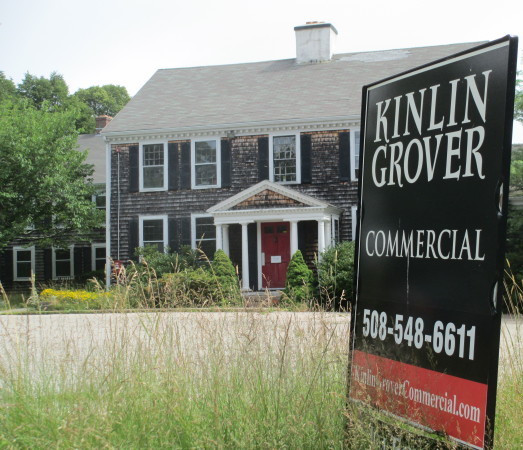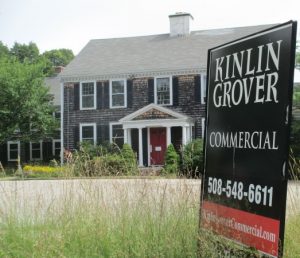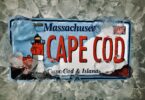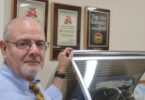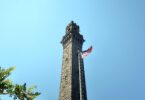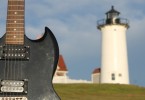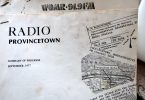FALMOUTH – I moved to Falmouth 31 years ago. The first story of local history that I heard, even before I heard the story of Falmouth native Katharine Lee Bates writing the classic “America The Beautiful,” was the story of the British Warship Nimrod’s attack on Falmouth in the War of 1812. So I went to the Nimrod Restaurant. I had a beer or two. Luckily for me, I then had to use the men’s room and there was a line.
That was when I first saw the cannonball hole in the wall.
The War of 1812, right here. Wow. This was not Disney make-believe. This stuff actually happened in our America. In my new town, our town. The rockets red glare. Our Nimrod.
Well, the most famous War of 1812 cannonball hole on Cape Cod, in the now-closed Nimrod Restaurant on Dillingham Avenue in Falmouth, will be saved. So there’s that.
But the historic structure surrounding the cannonball hole appears fast-tracked for demolition by request of the new owner-to-be, Chappy LLC, owned by Warren Dalton of North Falmouth.
Just a half year before January 28, 2014, the 200th anniversary of when the British war ship Nimrod shot more than 300 cannonballs at the town of Falmouth, the Nimrod building, one of the three remaining houses that was hit that day, is slated to be torn down and replaced with a multi-use

